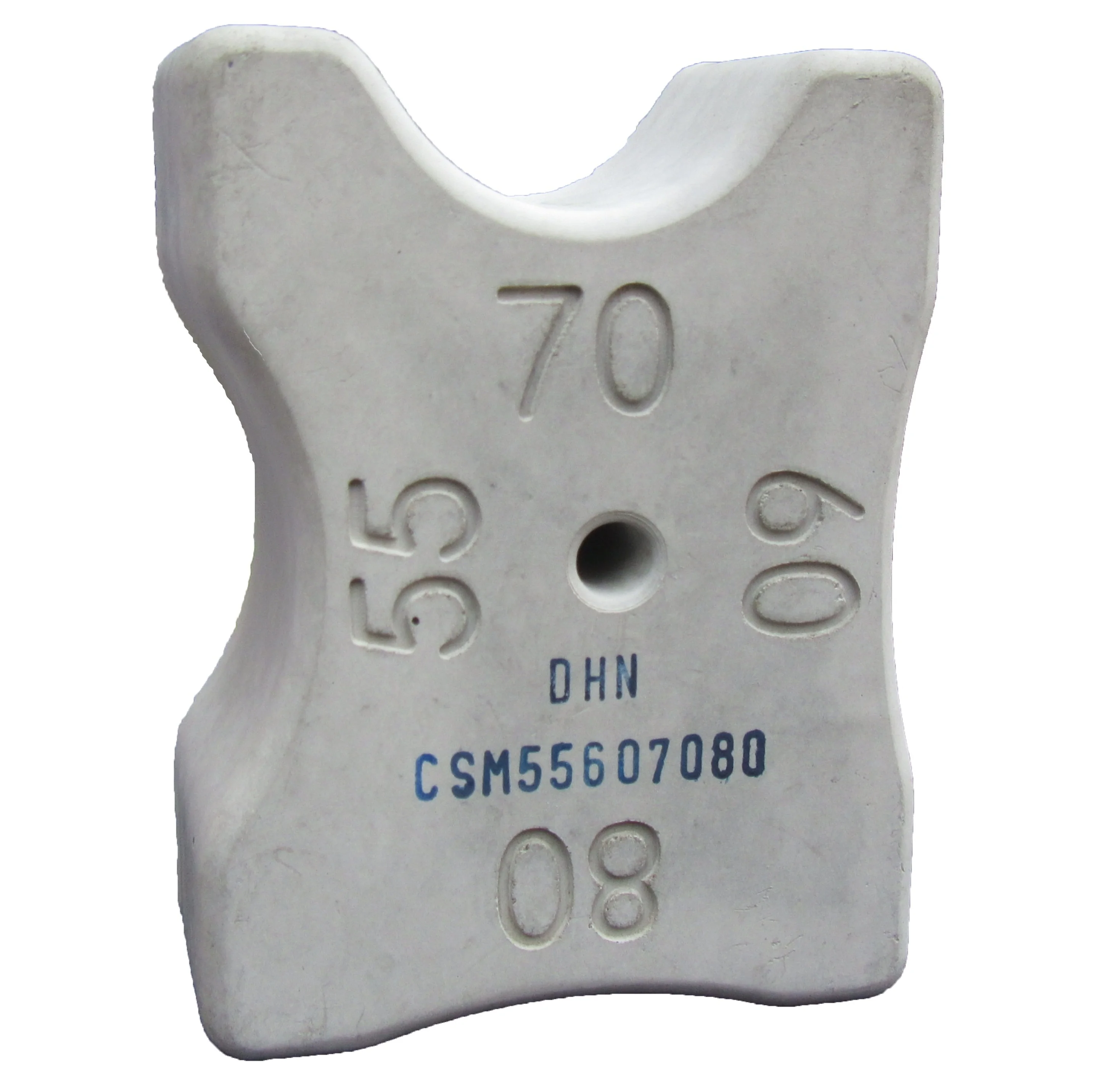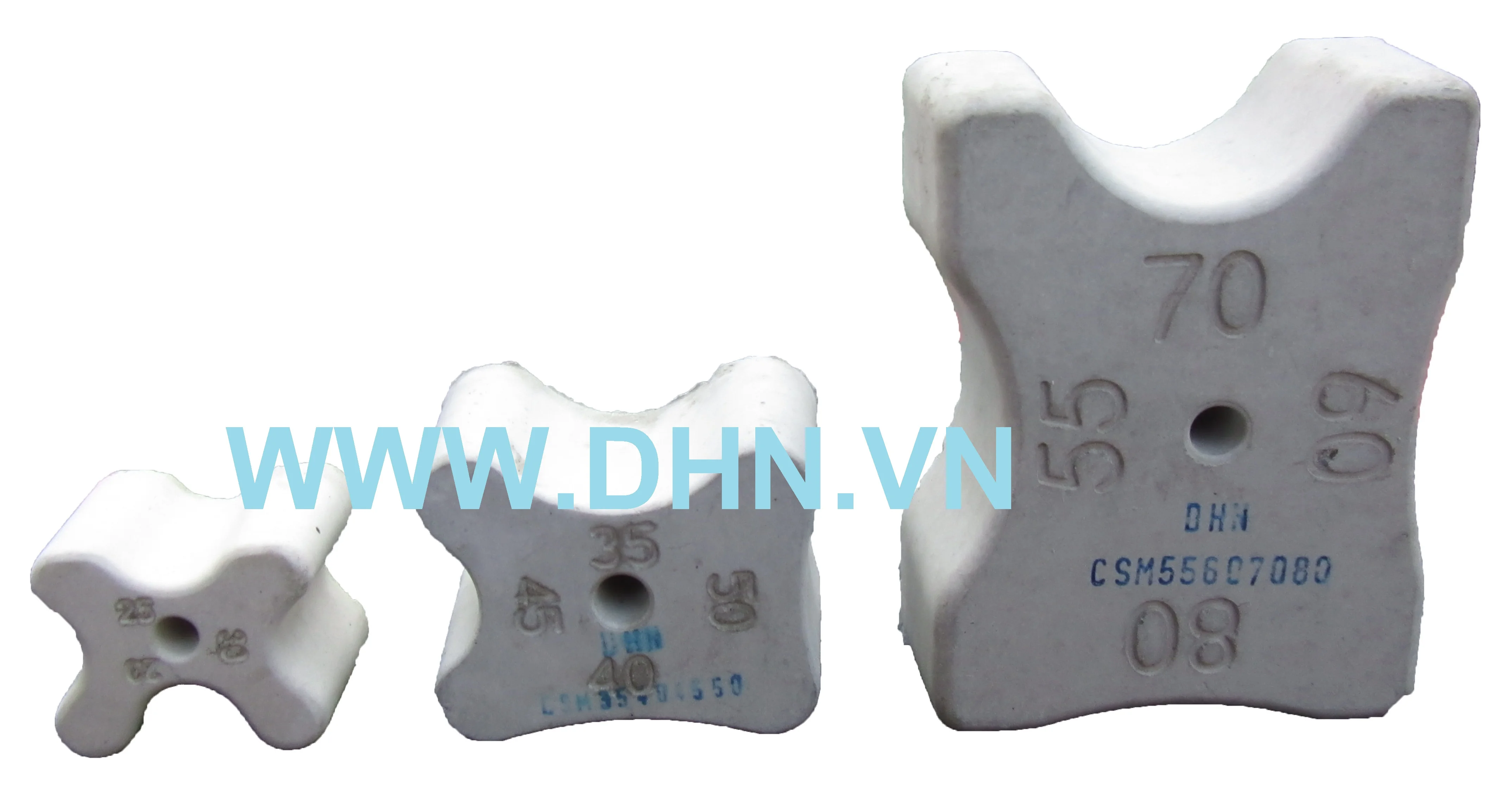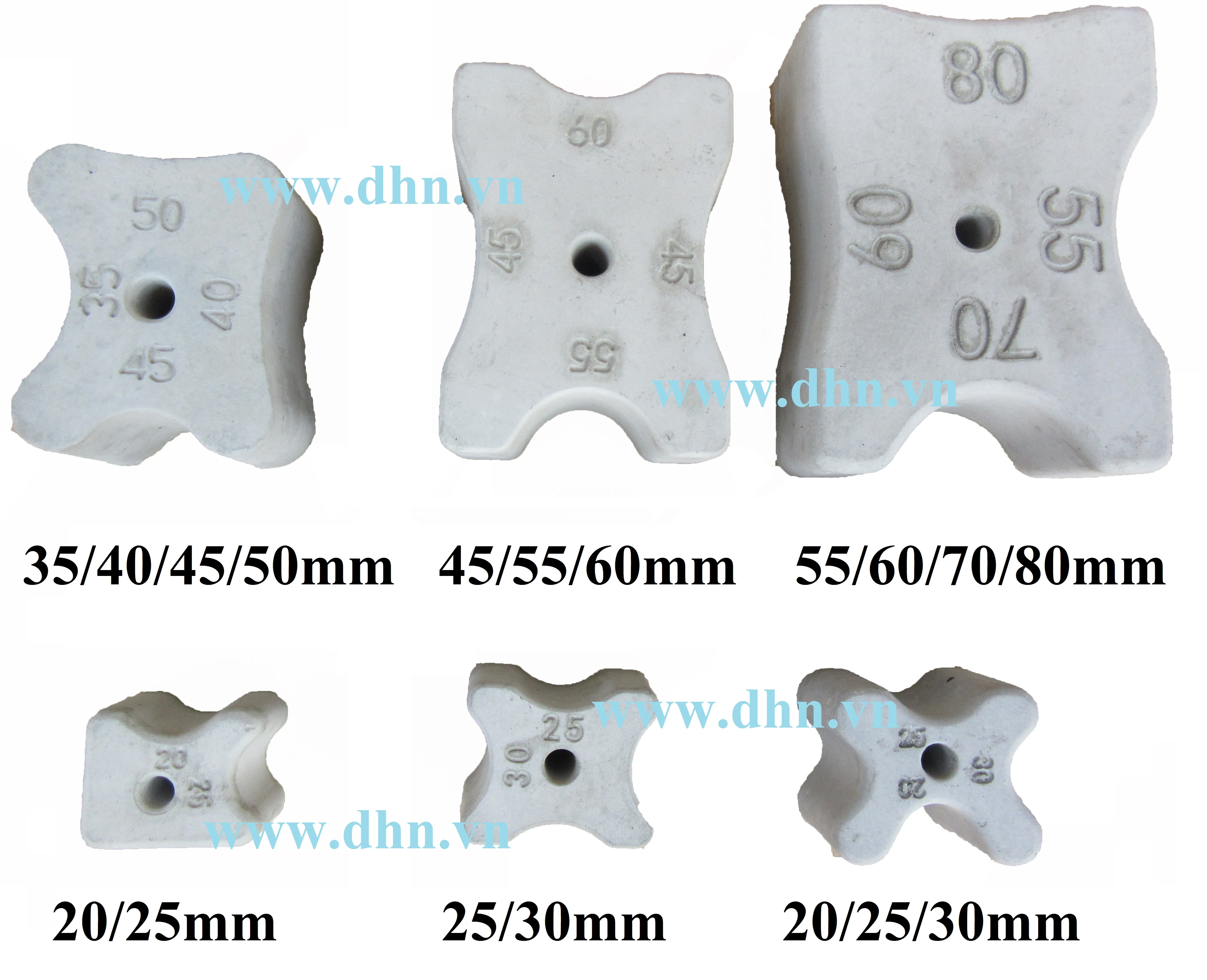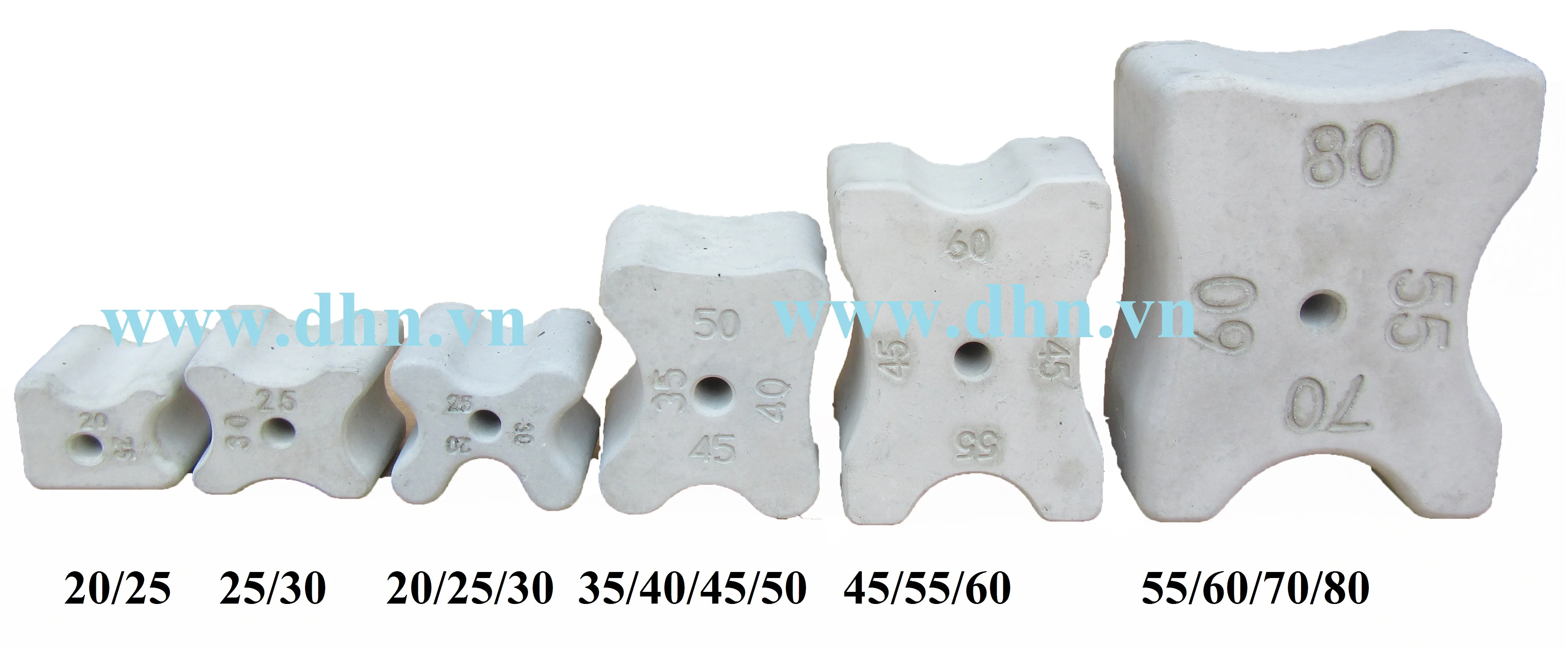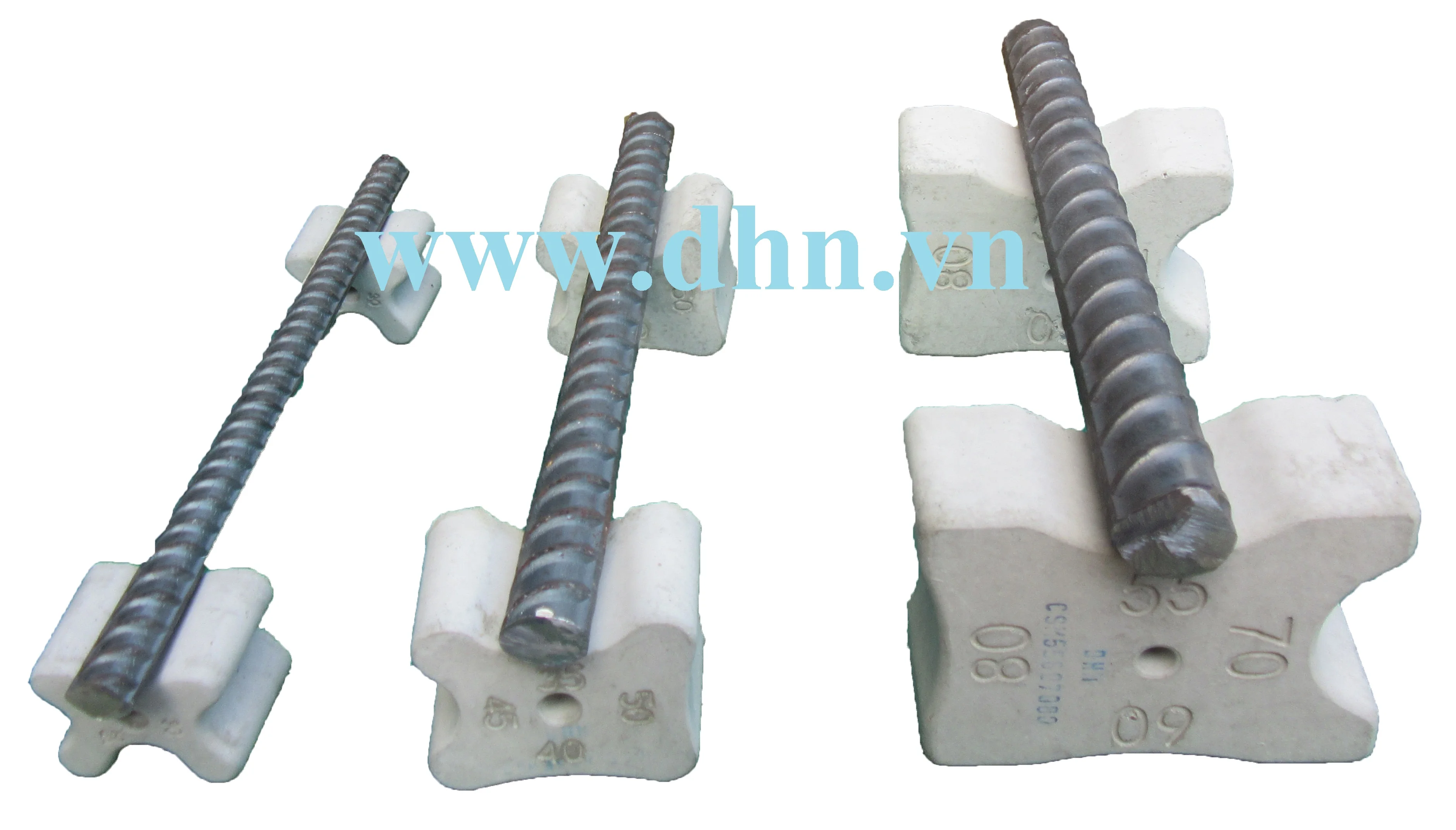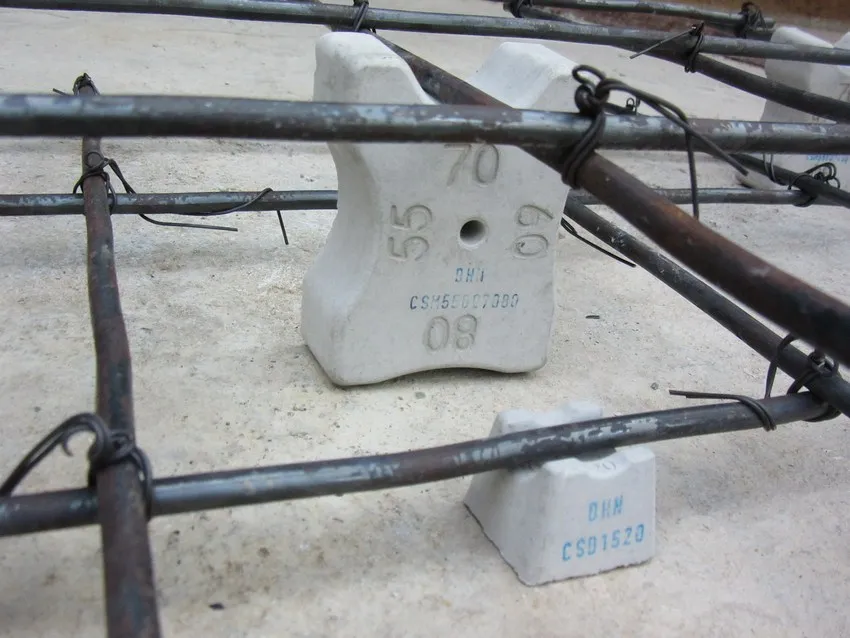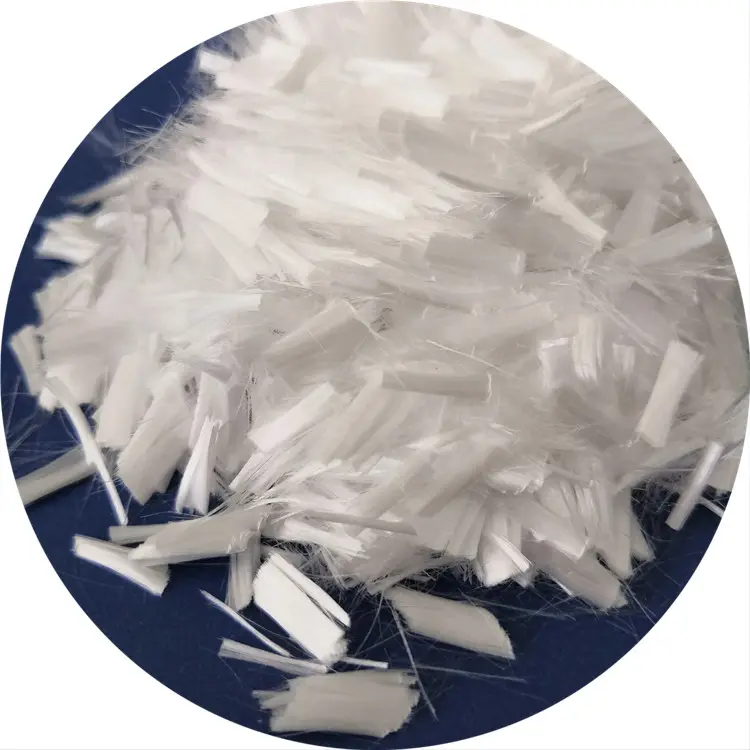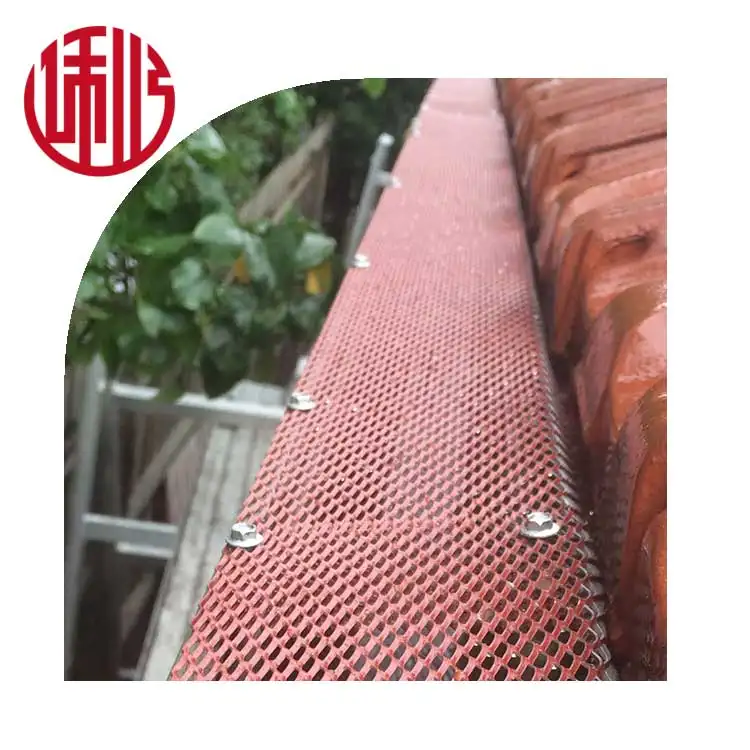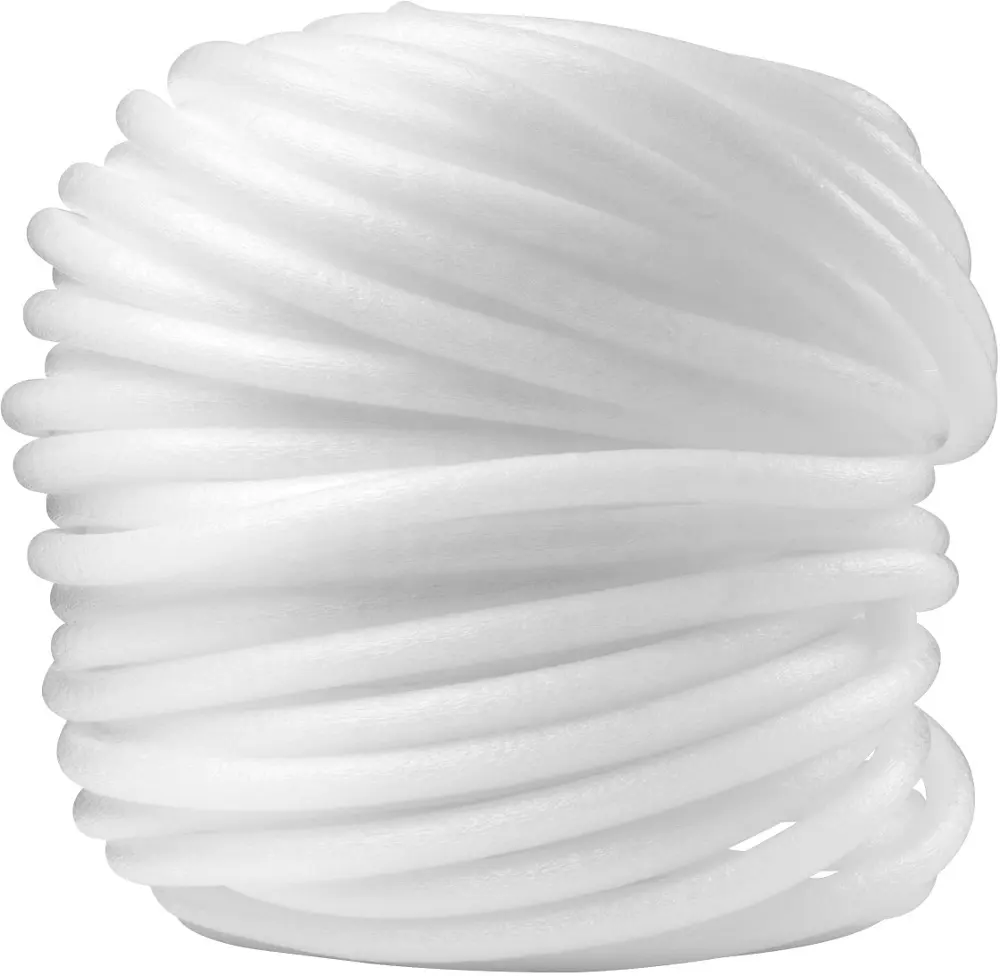Многоразмерная волокнистая бетонная распорка используемая для закрепления арматурной стали в бетонных
- Категория: Other Plastic Building Materials >>>
- Поставщик: HAN,CORPORATION
Поделиться:
Описание и отзывы
Трекер стоимости
| Месяц | Минимальная цена | Макс. стоимость |
|---|---|---|
| Sep-17-2025 | 0.7 $* | 0.59 $* |
| Aug-17-2025 | 0.96 $* | 0.87 $* |
| Jul-17-2025 | 0.9 $* | 0.27 $* |
| Jun-17-2025 | 0.73 $* | 0.0 $* |
| May-17-2025 | 0.33 $* | 0.70 $* |
| Apr-17-2025 | 0.10 $* | 0.62 $* |
| Mar-17-2025 | 0.12 $* | 0.84 $* |
| Feb-17-2025 | 0.12 $* | 0.64 $* |
| Jan-17-2025 | 0.35 $* | 0.94 $* |
Характеристики
Company Profile

DHN CONSTRUCTION SOLUTION COMPANY LIMITED
DHN Construction Solution Company was established in 2011. The scope of activities is to provide construction products and solutions. Young and energetic members working together with creative minds are the key to success for DHN in the past 10 years. DHN is a reputable product supplier in Vietnam for the following products:
- Fiber Concrete Spacer for Column Beam, Slab, Foundation, ...
- uPVC Plaster Bead, uPVC Tile Trim, uPVC Groove Joint
- Stainless Tile Trim, Stainless steel U, T, V profile
- Galvanized expanded Metal Lath, Galvanized Coil Lath,....
We are improving to be a well-suited and friendly partner to corporate with and believe in. "Why do we make it better? Because we love it." - We are sincerely welcome you to contact us for business.
Production Department
- Management: Quality management and experience
- Engineer: Experienced, young, creative.
- Workers: diligent, enthusiastic and eager to learn
Sales Department
- Management: Understand the market, much experience
- Staff: Good at communication, enthusiastic, hardworking
- Warranty:diligent, enthusiastic and honest
Products Description

Rebar Spacer and Cast concrete spacer
A re-bar spacer is a device that secures the reinforcing steel or "re-bar" in reinforced concrete structures as the re-bar is assembled in place prior to the final concrete pour. The spacers are left in place for the pour to keep the reinforcing in place,and become a permanent part of the structure.
Cast Concrete Spacers ensure that the specified concrete cover to the reinforcement for structures and structural elements is achieved, both before and during concreting. Concrete Spacers are mainly used for the walls, columns and foundations.
Point Concrete Spacer
- Single size concrete spacer
- Multi size concrete spacer
- Concrete spacer with wire
- Concrete spacer with wire
Circular Concrete Spacer
Circular Concrete spacers are designed and manufactured from quality concrete, for strength and stability.
Bar Concrete Spacer
- Concrete spacer square bar
- Concrete spacer triangle bar
- Concrete spacer C, snake, banana profiles
- Concrete spacer C, snake, banana profiles
Function of Re-bar Spacer (cover block):
The engineering study of every reinforced concrete construction, whether it is a building, a bridge, a bearing wall or other
structure, predicts the positioning of steel re-bars at specific positions in the volume of concrete (predicted concrete cover of steel reinforcement bars). This cover typically varies between 10 and 100 mm. The statics of every concrete construction are designed in such a way that steel and concrete properties are combined in order to achieve the maximum possible strength for the particular construction (e.g. anti-earthquake protection) as well as to prevent the long-term corrosion of steel that would weaken the construction. Re-bar spacers secure the correct position of steel, thus assisting in the practical application of the theoretical specifications of concrete construction. The cover of the steel of a particular construction element (for example in a concrete slab or a beam) should be generally uniform within the element.
The engineering study of every reinforced concrete construction, whether it is a building, a bridge, a bearing wall or other
structure, predicts the positioning of steel re-bars at specific positions in the volume of concrete (predicted concrete cover of steel reinforcement bars). This cover typically varies between 10 and 100 mm. The statics of every concrete construction are designed in such a way that steel and concrete properties are combined in order to achieve the maximum possible strength for the particular construction (e.g. anti-earthquake protection) as well as to prevent the long-term corrosion of steel that would weaken the construction. Re-bar spacers secure the correct position of steel, thus assisting in the practical application of the theoretical specifications of concrete construction. The cover of the steel of a particular construction element (for example in a concrete slab or a beam) should be generally uniform within the element.
The use of spacers is particularly important in areas with high earthquake activity in combination with corrosive environment (like proximity to salt water of sea)

Why are concrete spacer better than plastic spacer?
Plastic spacers and bar supports do not bond well with concrete, therefore they are NOT compatible materials. Much of this compatibility is explained through a single phrase :
- Plastic has mechanical (holds the bar in position) but NO structural properties (always will remain a foreign element within the construction). But why is that? Well here is a detailed explanation of this affirmation: When the concrete is poured into the form, a small gap is created between it and the plastic. Plastic has a coefficient of thermal expansion and contraction 10 to 15 times that of concrete, and when subjected to temperature variations, the plastic continues to expand and contract at that higher coefficient. At high temperatures, plastic can even melt. The result is a separation between the spacers and the poured concrete, creating a free passage for corrosive agents to reach the steel reinforcement from the exterior of the concrete product. This will cause the steel and eventually the concrete to corrode. If steam curing is applied to the concrete, the heat in the curing process causes the plastic to expand while the concrete is relatively fresh and weak. After reaching the maximum curing temperature and volume expansion of the plastic, the temperature is held at this level until the concrete reaches the desired strength. After curing, the subsequent lower temperatures cause the plastic to contract, and a gap remains at the interface between the plastic and concrete.
- Plastic spacers are also subject to corrosion when they come into contact with chlorides and chemicals, where concrete has a much higher resistance.
- Concrete spacers and bar supports are made of the same material as the poured concrete, so thermal expansion and contraction are equal. And because they are the same material, the concrete and spacers will bond. No gaps!
- Concrete spacers and bar supports help maintain material integrity and uniformity of the concrete, and provide a cover over the reinforcement that protects against corrosion.
- Concrete spacers and bar supports are made of the same material as the poured concrete, so thermal expansion and contraction are equal. And because they are the same material, the concrete and spacers will bond. No gaps!
- Concrete spacers and bar supports help maintain material integrity and uniformity of the concrete, and provide a cover over the reinforcement that protects against corrosion.


Hight Compressive Strength
- Size of cubic test : 50x50x50 mm
- Test method: compressive strength BS EN 12390-3:2009
- Compressive Strength: 66.7 MPa
Water Absorption
- Size of cubic test : 50x50x50 mm
- Test method: Water Absorption ASTM C642-13
- Water absorption result: 3.15%
- Water absorption result: 3.15%
Manufacturing Process
1. Raw material
2. Additives
3. Clean Mould before use
4. Quantitive raw material
5. Mixer
6. Concrete test before use
7. Concreting with mold
8. Concrete curing
9. Remove product out of mold
10. Concrete strength test
11. Packaging
12. Load on container
Product packaging



PP Plastic Woven bag
- Quantity : standard or customized
- Quality of bag: flexible, not punctured, not torn
- Quality of bag: flexible, not punctured, not torn
Design logo on bag
- Size, Logo and color of bag: standard or can be customized
Inventory
- Fast delivery time
- Wood Pallet- PP plastic strapping
Exhibition
Vietbuild Internaltional Exhibition 6/2019 in HCM City, VietNam
- Interior & exterior Architecture Decoration
- New Material and solutions for construction works - Real estate
- New Material and solutions for construction works - Real estate
Vietbuild Internaltional Exhibition 11/2019 in HCM City, VietNam
- Interior & exterior Architecture Decoration
- New Material and solutions for construction works - Real estate
- New Material and solutions for construction works - Real estate
Vietbuild Internaltional Exhibition 12/2019 in HCM City, VietNam
- Interior & exterior Architecture Decoration
- New Material and solutions for construction works - Real estate
- New Material and solutions for construction works - Real estate
Installation Instructions
Single size concrete spacer for slab (staggered steel)
Sing size concrete spacer for slab (parallel steel)
Double size concrete spacer for slab
Muiti size Concrete spacer for slab (parallel steel)



Concrete spacer with wire for column
Circular concrete spacer for foundation
Circular concrete spacer for column
Single size concrete spacer for column
Multi size concrete spacer for column
Why Choose Us
High quality with fiber glass
- Best material: cement, sand, stone.
- Best cement additive.
- Best mixer machine.
- Standard Production process.
- Best mixer machine.
- Standard Production process.
Competitive Price
- Best price for partner.
- Cheaper local charge for shipment.
- Maximum loading.
- Documentation is full and quickly
- Documentation is full and quickly
Fast Delivery & Good service
- 10-15 day for delivery
- Good after sales support
- Support technical service
- Online 24/24 for FAQ
- Support technical service
- Online 24/24 for FAQ
Recommend Products

















Похожие товары
ПВХ облицовка стен сайдинг
US $4.00-$6.00
Защитная сетка для желоба
US $15.99-$19.99
Защитный фильтр для листьев водосточных желобов
US $1.20-$1.95
